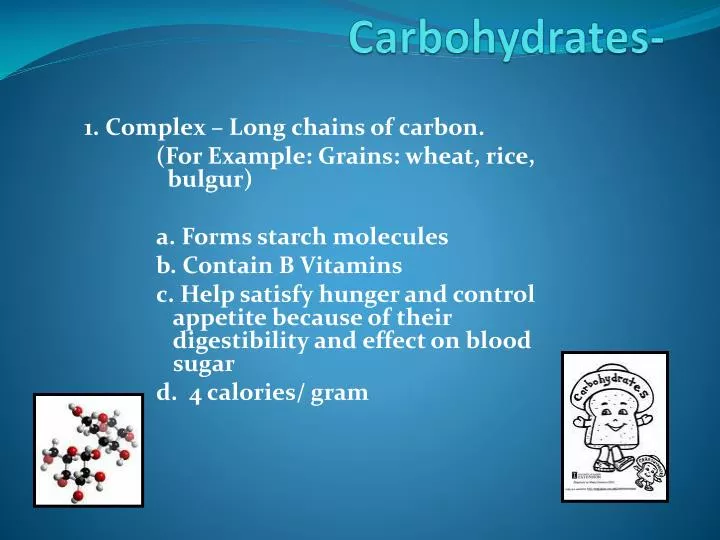

Monosaccharides are colorless, crystalline solids that are freely soluble in water but insoluble in nonpolar solvents. Diseases associated with carbohydrate metabolism include diabetes mellitus, galactosemia, glycogen storage diseases, and lactose intolerance. The precursor for synthesis of all the other carbohydrates in the body, including glycogen for storage ribose and deoxyribose in nucleic acids and galactose in lactose of milk, in glycolipids, and in combination with protein in glycoproteins and proteoglycans. Glucose is the major metabolic fuel of mammals (except ruminants) and a universal fuel of the fetus. Glucose is the most important carbohydrate most dietary carbohydrate is absorbed into the bloodstream as glucose, and other sugars are converted into glucose in the liver. They also serve to lubricate skeletal joints, to provide adhesion between cells and to confer biological specificity on the surface of animal calls. In addition, they are an important source of energy required for the various metabolic activities of the living organisms the energy being derived as a result of their oxidation. They also occur as food reserves in the storage organs of plants and in the liver and muscles of animals. They are indispensable for living organisms, serving as skeletal structures in plants and also in insects and crustaceans. Third, polysaccharides are structural elements in the cell walls of bacteria and plants.Ĭarbohydrates are also known as saccharides since many of those of relatively small molecular weight have a sweet taste, although this is not true of those with large molecules. They are widely distributed molecules in both plant and animal tissues.

Second, ribose and deoxyribose sugars form part of the structural framework of RNA and DNA. They may contain phosphate, amino, or sulfate groups. First, carbohydrates serve as energy stores, fuels, and metabolic intermediates. Carbohydrates are compounds that contain at least three carbon atoms, a number of hydroxyl groups, and usually an aldehyde or ketone group. Carbohydrates are one of the four major classes of biomolecules along with proteins, nucleic acids, and lipids.


 0 kommentar(er)
0 kommentar(er)
